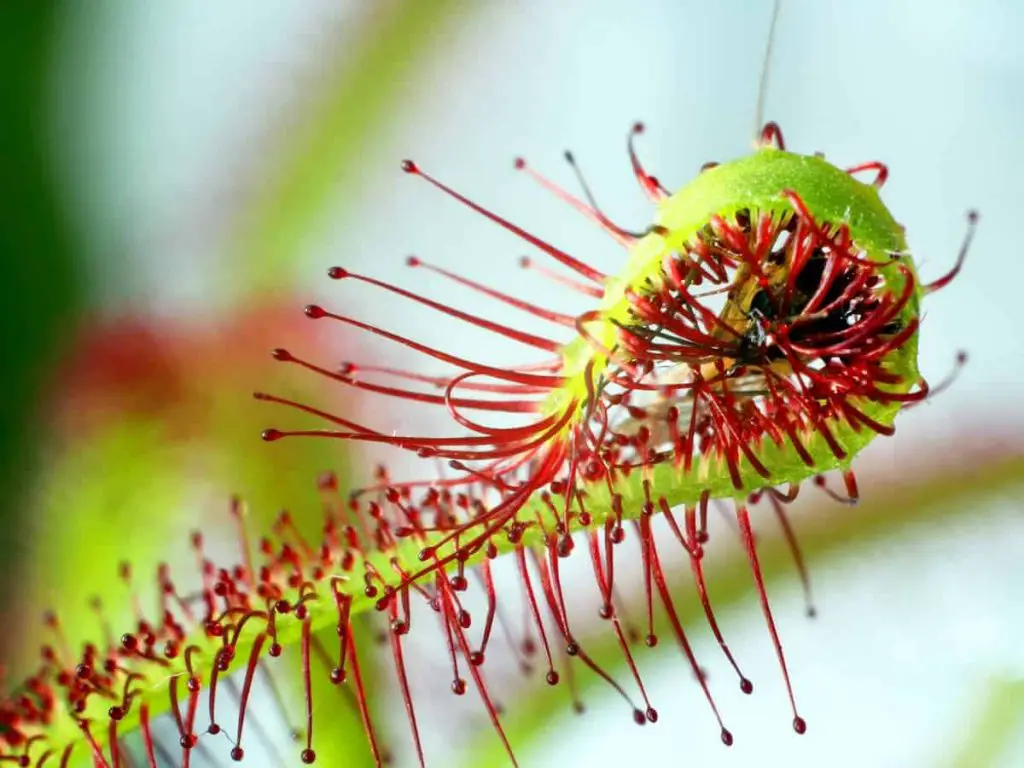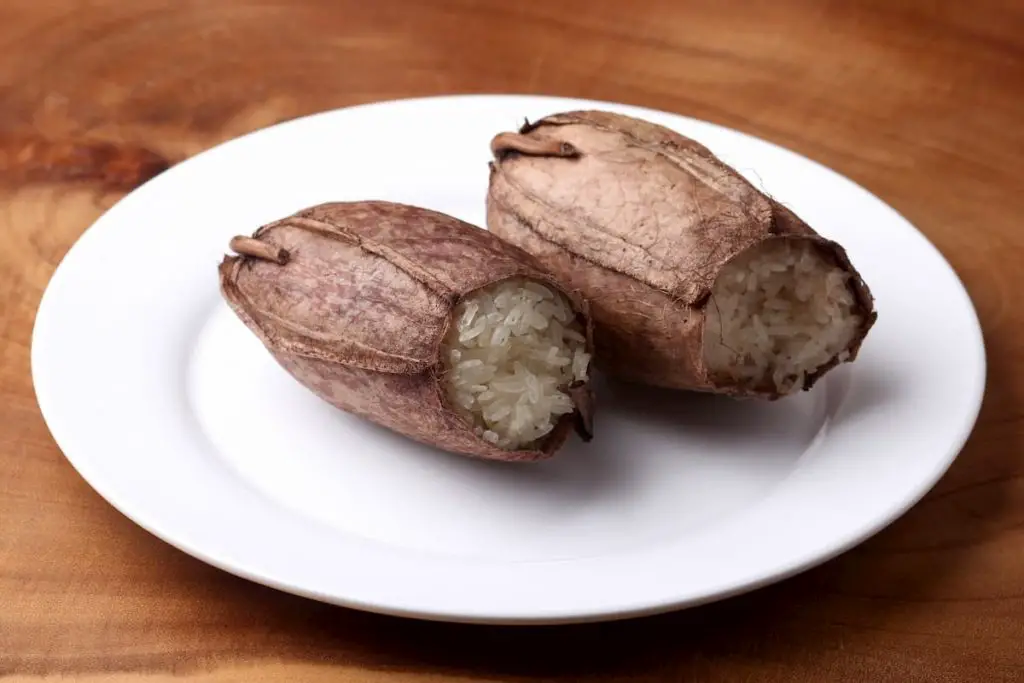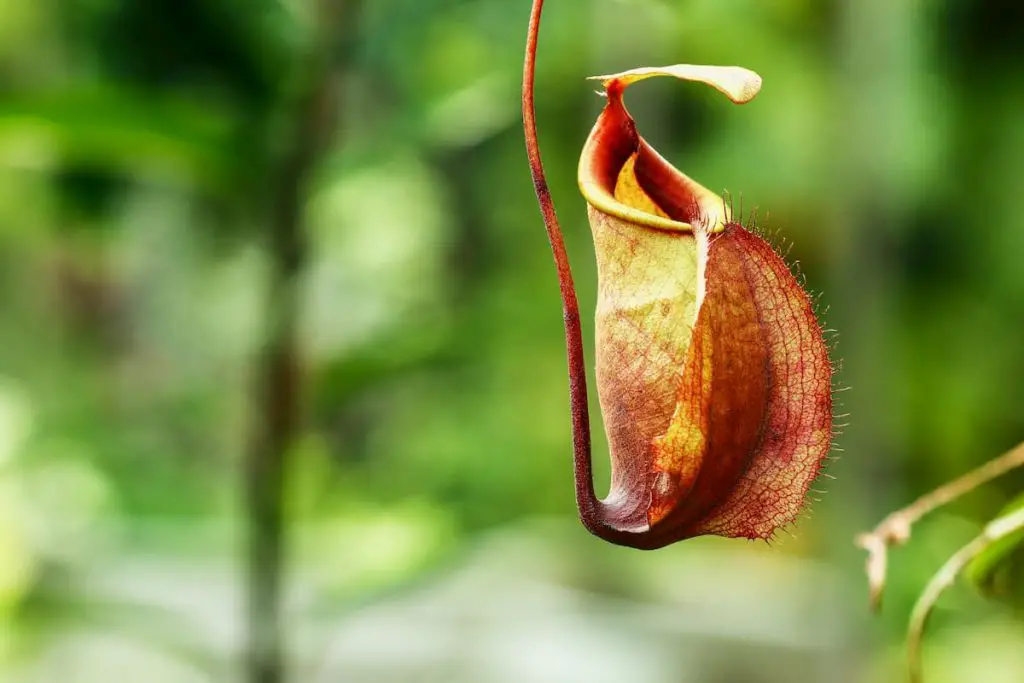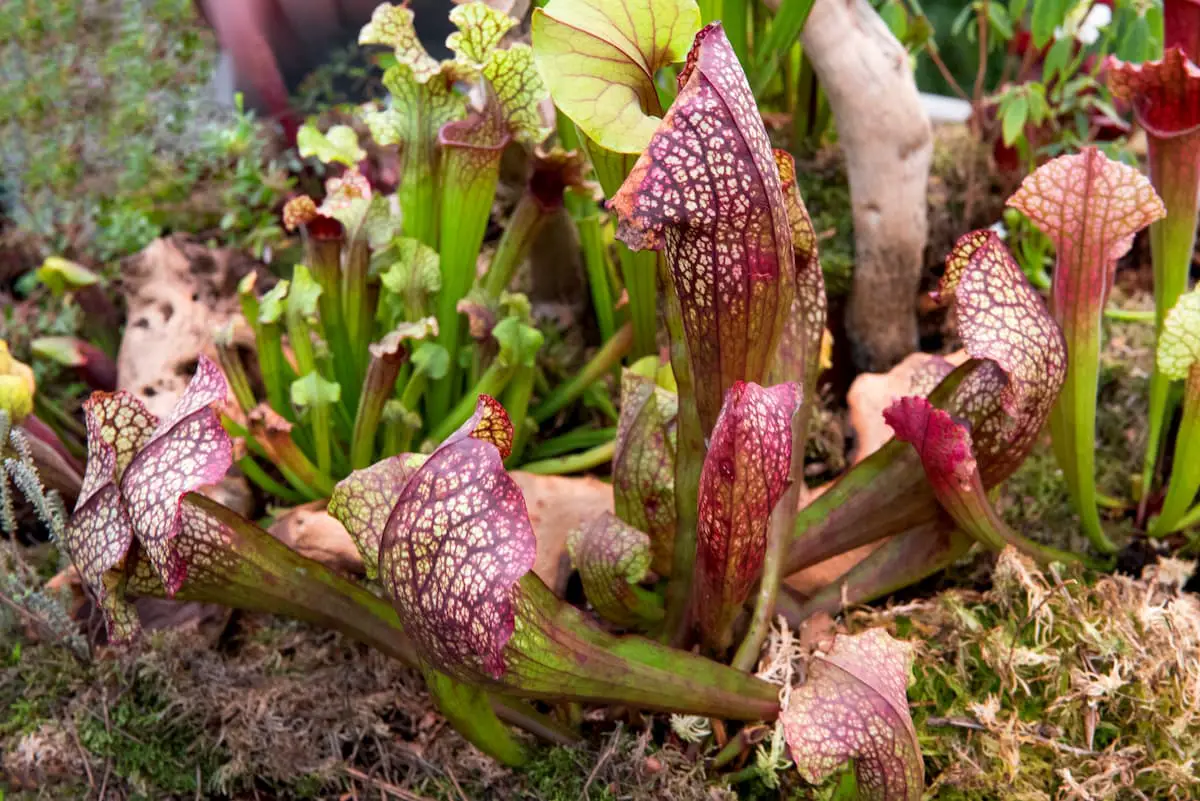Carnivorous plants are plants that are able to gain many of their nutrients from trapping and breaking down insects or other small animals. This is unlike all other plants who are dependent on a combination of sunlight and nutrients in the soil.
There are over 450 different species of carnivorous plants and they can be found on every continent aside from Antarctica.
Where are Carnivorous Plants Found Today? In particular, carnivorous plants are most common in North America, southeastern Asia and Australia. As they live in areas where other plants might not find enough nutrients, they will often be found in some unusual places.
They often grow in damp environments, with some species being completely aquatic, such in peat-moss bogs in North America, as well as on rocky cliffs or in moist sand. In these areas, carnivorous plants have the advantage due to the added nutrients from catching prey.
Many carnivorous plants might not look like you would expect, and to the casual observer, it is not always obvious that a plant may be a carnivorous plant.
For example, Butterworts are common with 80 species worldwide, but many have small pitchers that appear to be apart of the flower on first glance.
Therefore it is important to do your research on what types of carnivorous plants are indigenous to your area and what they look like. Then you will be able to spot them in many more areas than expected.
American Carnivorous Plants
In North America, all 50 states of the United States have carnivorous plants. Carnivorous plants are rare and are often endangered, so you will need to do appropriate research on where to find them.
Many National Parks, which have the appropriate means to protect the plants, have specific trails. North American species vary widely but include the Venus flytrap, arguably the most popular and well known of carnivorous plants.
The Venus Fly Trap is endemic to the East Coast of the USA, where it grows in the wetlands of North Carolina and South Carolina.
In South America, carnivorous plants often live in wet areas, like rainforests, where you can find many spectacular varieties. In particular, large pitcher plants, which can consume particularly large animals, are abundant in rainforests.
Carnivorous Plants in Europe
In Europe, carnivorous plants are particularly common in France and Spain, although parts of Eastern Europe also have a good variety of species.
These include many carnivorous plants that are small and less showy, such as Drosophyllum, which is a grass-like plant which traps insects on its stalks.

There are also carnivorous plants in some of the cooler environments, including England and Wales. In England, the Sundews, a type of carnivorous plant which traps insects on leaves which then curl-in on each other, where the first to be studied by Charles Darwin.
Carnivorous Plants in Asia
In south-east Asia, rain forests and similar tropical environments also boast of a large variety of species, including impressive pitcher plants. As some of these pitcher plants grow on the steep sides of mountains, the liquid inside the pitcher is one of the only sources of liquid puddles of water.
There, some animals, like frogs, have evolved immunity to the digestive juices of the pitcher plants and lay their eggs in them.
In some parts of Asia, such as Malaysia, there are also carnivorous plants that are commonly eaten. On markets in the region, lemang periuk kera is a common sight.

Lemang periuk kera is sticky rice wrapped in the traps of a carnivorous plant. As the region is one of the richest biodiversity hotspots on earth, it is unsurprising that even some of the local carnivorous plants get eaten themselves.
Carnivorous Plants in Australia
The dry climate of much of central Australia might not be the most obvious candidate for carnivorous plants which are more often associated with the damp environments of rain forests.
However, Australia boasts far more diverse habitats, including the wet, nutrient-poor environments that carnivorous plants favor. Indeed, its isolation means that in Australia 187 species of carnivorous plant have evolved, the world’s richest carnivorous plant flora!
These include species that combine the abilities of different types of carnivorous plant, like flypaper (which means that insects stick to the stems of the plant) and snap-trapping (like the Venus flytrap). This leads to some impressive plants that showcase their abilities in a variety of ways.
One of the Most Impressive Carnivorous Plants
The biggest carnivorous plant is probably a type of pitcher plant called Nepenthes rajah, which grows in Malaysia. The largest measured plant of this species was 16 inches long.
It contains about a gallon of water, and lures prey into its pitcher with its scent. The prey is then trapped in the pitcher and digested by a whole microcosm of bacteria and other microbes, just like the stomach of any animal.

In contrast, the most distributed carnivorous plants are the Bladderwort. Species of this genus can be found across the whole world. They are aquatic and their traps are typically around 0.5 inches big.
Less impressive in size, their fast movements make them just as interesting to see. They can trap prey in less than a millisecond, which is faster than some animals can move!
Endangered carnivorous plants
Many carnivorous plants are endangered. This is because of their habitat being destroyed, and their rather specific nutrient requirements. If an environment is nutrient-rich, non-carnivorous plant species are often able to overtake them.
Similarly, because carnivorous plants depend on insects, their survival is also being affected by dwindling insect numbers.
Many schemes across the world are working to protect these impressive plants. However, they are also affected by plant-poaching. Enthusiasts often want to have a plant of their own, and this can dramatically affect their already small numbers.

Even well-meaning members of the public often pose a danger to plants when they do not recognize the damage they do when walking popular trails. Therefore, many carnivorous plant populations are not well sign-posted to avoid attracting too many visitors. However, with the right research, you will still be able to find them across the world.
Additionally, many botanical gardens and zoos across the world work towards preserving these species. If you are unable to travel to the native habitat of a species that you are interested in, there may well be a botanical garden or zoo that does showcase them near to you.
Final Thoughts on Where are Carnivorous Plants Found
I love when I find new carnivorous plants online when I am looking around, they are just amazingly different from all other plant species and have a diverse look to them.
I love to find ones outside of America as I am the least knowledgeable on them and it leads me to go read and investigate more. I am very ready to go find them on the next overseas vacation, I do hope to get to Australia as it is the land of plants and animals that are deadly!



Leave a Reply